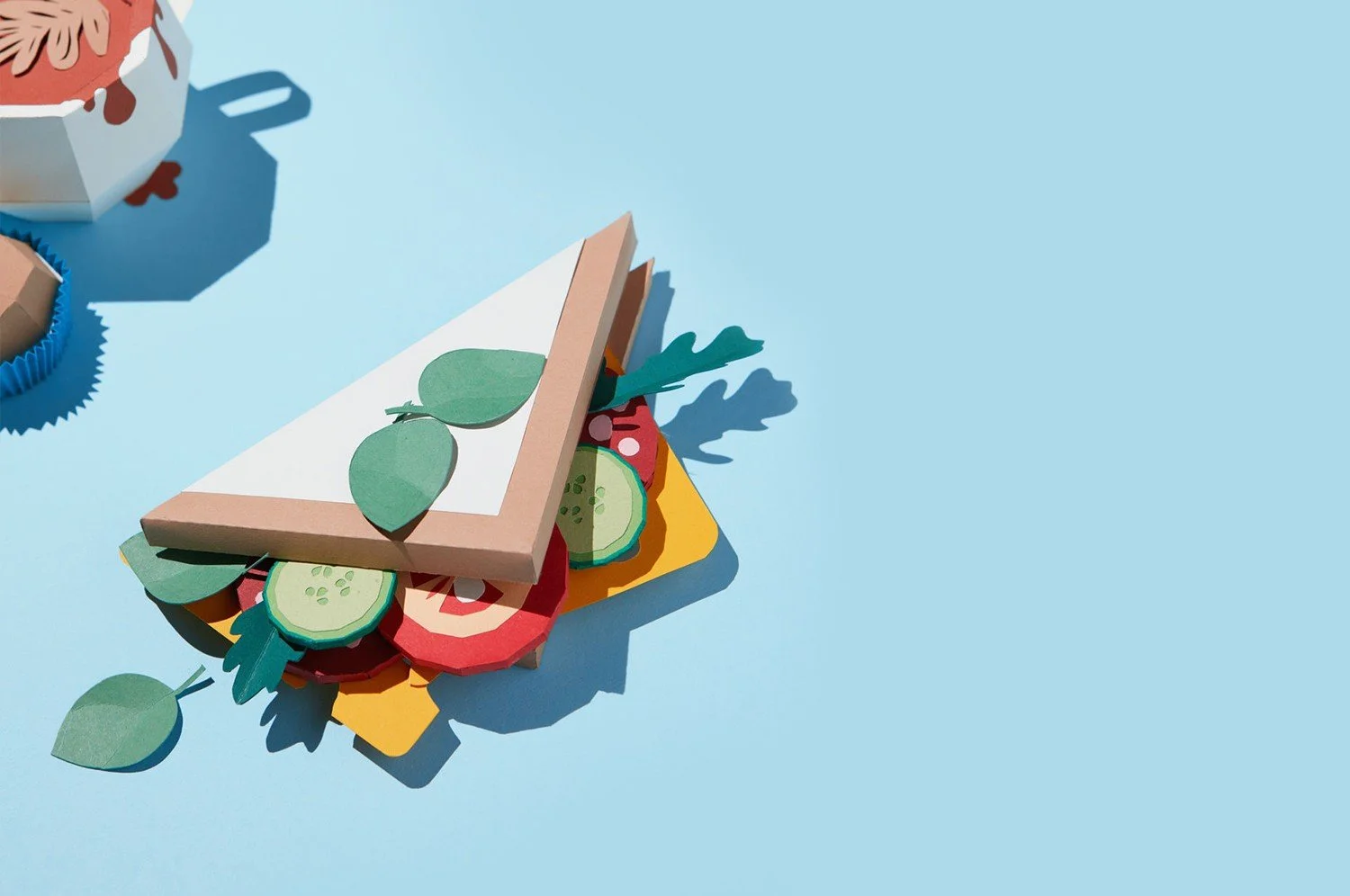Talking Trash: A Guide to Recycling
I’m standing over three bins at Whole Foods: COMPOST, RECYCLE, and TRASH. I pause for longer than usual this time, frustrated because the recycle bin is overflowing with what appears to be 100 percent NOT RECYCLING. After a good 45 seconds I feel defeated and shove my tray of what remains of my lunch into compost hoping that some of it may go somewhere that it is supposed to be. But the fact of the matter is, I have no clue when it comes to trash; what to put in which bin, how recycling works, where my trash actually goes. Why did my last neighborhood have recycling bins while my current one doesn’t? It all flows over my head, and while I have always wanted to learn how to do things properly, I have never explicitly sought it out. This year, I decided it was finally time to buckle down and learn the basics. The following is my attempt at trying to break trash down for you (no pun intended)...First, check with your city and waste removal service because there may be some discrepancies in what they accept. I live in an area that is serviced by Waste Management, which is the largest, most frequently used trash collection company, but not the only one in the US. I regularly refer to their website as a tool for any burning questions that may come up. Here are the must knows:
COMPOST all food waste, paper cups, paper towels, and napkins. (No glass, no plastic, no metal, no wrappers!)
RECYCLE metals such as aluminum, steel, paper, cardboard, glass, and plastics. (Think aluminum cans, aluminum foil, bakeware, tin cans, corrugated cardboard, magazines, office paper, newspapers, unsolicited direct mail, phone books, clear glasses, etc.) Make sure what you are recycling is clean -- glass and cans are not recycled when they are contaminated with other waste. Batteries, bulbs, and electronics are also recyclable but should be recycled separately because they contain mercury which can be harmful to humans and the environment.
And lastly, TRASH anything that doesn't make it in the above categories!
As for the techy stuff, the disposing of electronics can be particularly daunting. For example, I have three utterly useless laptops dating from the stone age gathering dust under my bed. Waste Management calls these electronics "e-waste,” and warns they may contain many chemical and mineral elements. A circuit board alone contains copper, gold, silver, platinum, palladium, and lead, and if recycled properly, can be a valuable source of secondary raw materials.The guidelines I provided above are for my neighborhood, where each single family home has three trash carts -- one for recycling, one for compost, and one for non-recyclables. This makes the guidelines pretty straight forward as to how to sort your trash, however, not every city maintains these same guidelines. In fact, many cities in California will sort your trash for you. This is largely due to the California Integrated Waste Management Act, which requires each jurisdiction in California to divert at least 50 percent of its waste away from landfills -- whether that be through waste reduction, recycling, or other means. It’s always a good idea to check with your city and local trash collector to guarantee that you are disposing of your waste properly. It is my hope that this recycling guide helped answer some of your pending trash questions, and that the next time you find yourself at the Whole Foods trash can, you’ll be a bit more confident in your trash tossing skills.
